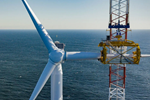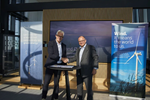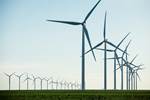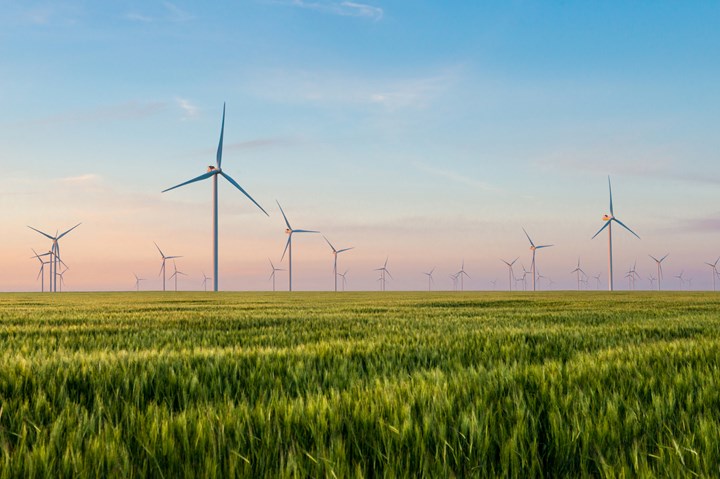Vestas signs MOU with DTEK, extends Ukraine’s largest wind energy project
Second phase will add 384 megawatts to the Tyligulska wind project, bringing it to a capacity of 498 megawatts.
Vestas (Hamburg, Germany) and commercial energy operator DTEK (Kyiv, Ukraine) have signed a memorandum of understanding (MOU) to collaborate on the build-out of the second phase of the Tyligulska wind project in the southern part of Ukraine. The agreement outlines the conditions for an additional 384 megawatts (MW). The first phase, comprised of 114 MW, was successfully commissioned in the spring of 2023.
“We are pleased to be expanding our partnership with DTEK again to support the reconstruction of Ukraine’s energy sector and show that Ukraine is open for business,” Henrik Andersen, CEO of Vestas, says. “The project is becoming a reality under extraordinary circumstances, and we look forward to working with DTEK on the final steps towards financial closure. Infrastructure projects of this size in Ukraine currently require additional risk guarantees, and we believe supporting a project as ambitious as this can re-emphasise the EU’s support for Ukraine.”
According to DTEK CEO Maxim Timchenko, the “Tyligulska windfarm will significantly increase the stability of our energy system, help strengthen the country’s energy security and enable Ukraine to become a decarbonisation leader that can act as an energy hub for Europe.”
Together, the first and second phases of wind project will have a capacity of 498 MW with a total of 83 V162-6.2 MW wind turbines in 6.0 MW operating mode, making it what Vestas claims is the largest wind energy project in the country. The cooperation between Vestas and DTEK on this project goes back to 2021 when the second phase of the Tyligulska project was first announced. When the war broke out, the wind project was put on hold. With the signing of the MOU, the two parties reconfirm their joint commitment and resilience to continue to build out the renewable energy sector in Ukraine.
Related Content
-
RTM, dry braided fabric enable faster, cost-effective manufacture for hydrokinetic turbine components
Switching from prepreg to RTM led to significant time and cost savings for the manufacture of fiberglass struts and complex carbon fiber composite foils that power ORPC’s RivGen systems.
-
Hexagon Purus opens new U.S. facility to manufacture composite hydrogen tanks
CW attends the opening of Westminster, Maryland, site and shares the company’s history, vision and leading role in H2 storage systems.
-
Achieving composites innovation through collaboration
Stephen Heinz, vice president of R&I for Syensqo delivered an inspirational keynote at SAMPE 2024, highlighting the significant role of composite materials in emerging technologies and encouraging broader collaboration within the manufacturing community.













